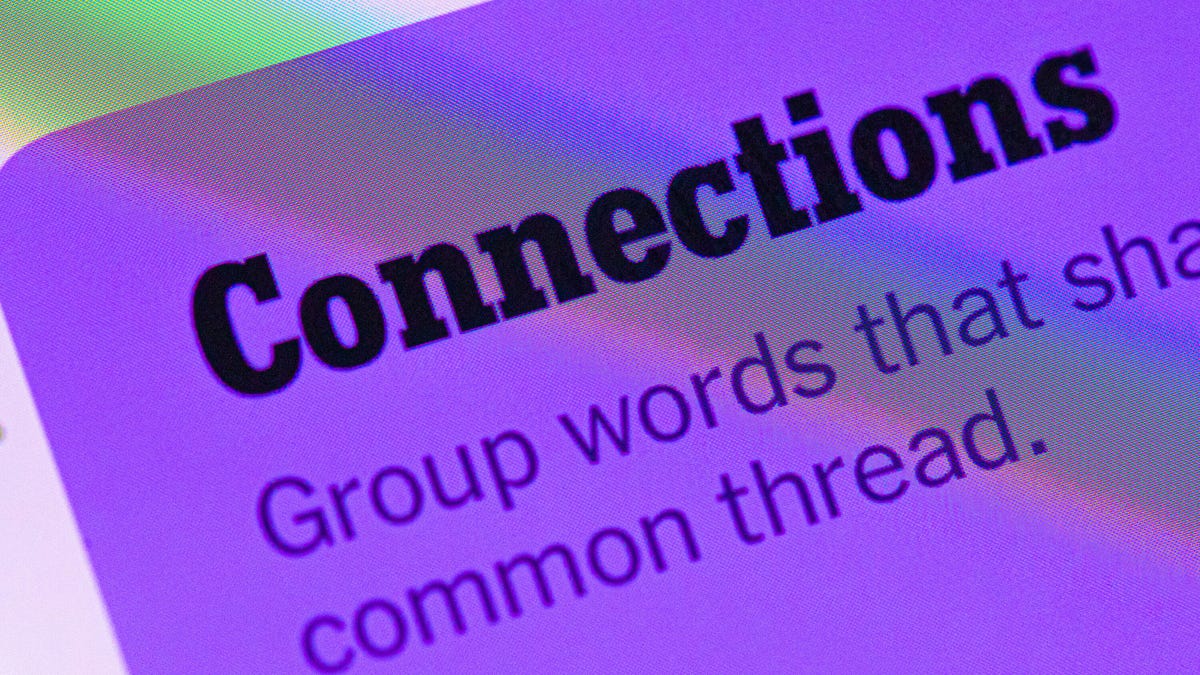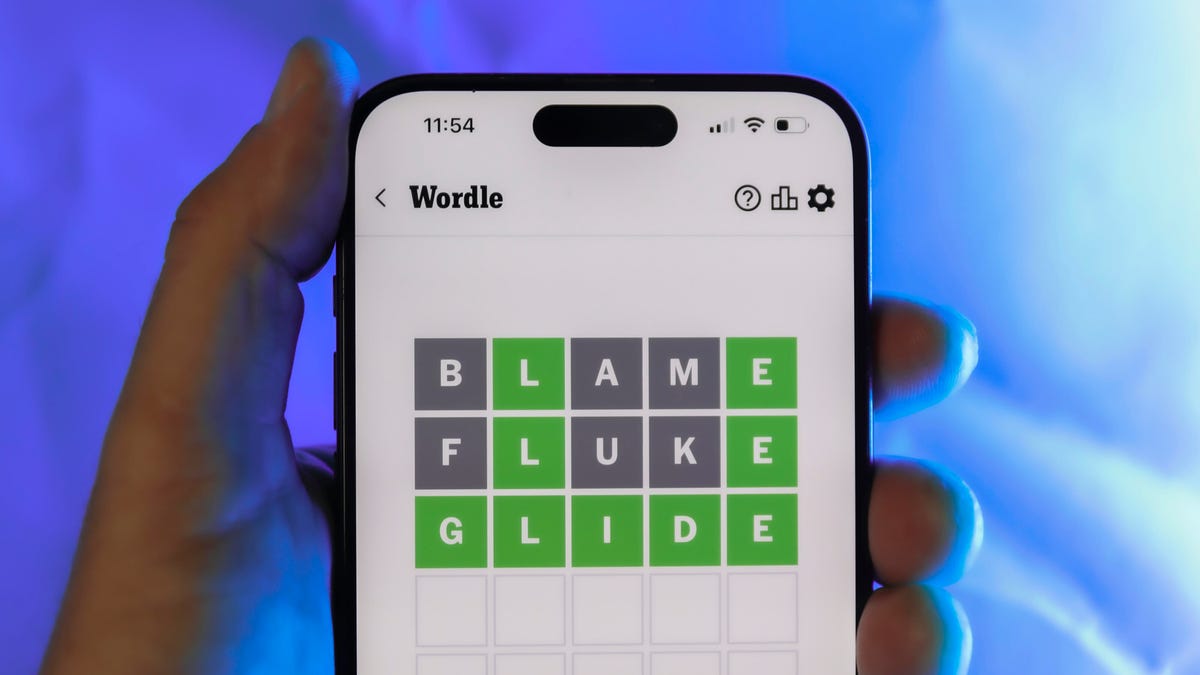Technologies
Solar Eclipse for Saturday Sunrise Will Bring ‘Pac-Man Sun’: How to Watch
A partial solar eclipse on March 29 will be visible from parts of North America. Here’s how to safely view the cosmic event, even if you can’t be there in person.

Hot on the tail of the «blood moon» total lunar eclipse earlier this month comes a rise-and-shine special: a partial solar eclipse that will be visible at sunrise on March 29 in some parts of the US. You don’t have to be in the eclipse path to join the solar festivities. Livestreams will bring the action onto your screen as the moon takes a dramatic bite out of the sun.
What is a partial solar eclipse?
A solar eclipse is a shadow dance involving the sun, Earth and moon. The moon passes before the sun, blocking the star and casting a shadow on our planet. If the weather permits, people in the shadow’s path can see the eclipse.
The sun-moon-Earth alignment isn’t perfect on March 29, though, so we will get only a partial eclipse that will look like a dark bite taken from a glowing cookie. «The central part of the moon’s shadow, where the sun would appear completely blocked, misses Earth, so no one will be able to see a total solar eclipse this time,» NASA said in an explainer.
Don’t write this one off because it’s «just» a partial eclipse.
«It should be a photogenic eclipse,» says Emily Rice, associate professor of astrophysics at the Macaulay Honors College of the City University of New York.
Rice says to protect your camera with a solar filter and get ready to capture some scenery.
«The sun will be low in the sky for most observers, so you can get trees, buildings or other landscape features in a shot with the Pac-Man sun,» she says.
Where can I see the solar eclipse?
Eclipse viewers in parts of North America, Africa, Asia and Europe will be able to catch at least some of the show. Greenland, Iceland and some small regions of South America are also in the path, as are wide areas of the Atlantic and Arctic oceans. The northeastern US is the only part of the country that will be in the eclipse path.
NASA’s eclipse map shows where the eclipse will be visible. The curved yellow lines indicate the maximum percentage of the sun that will be covered. The green lines indicate time. The looping orange lines indicate sunrise and sunset. If that’s confusing, just check your location with Timeanddate.com for details on timing and coverage.
When is the solar eclipse?
Viewers in the northeastern US should put the coffee pot on an automatic timer. The eclipse will already be in process at sunrise. That’s 6:55 a.m. ET for Baltimore, 6:31 a.m. for Boston and 6:44 a.m. for New York City. Washington, DC. should be on eclipse lookout starting at 6:56 a.m. The eclipse will be at its maximum very close to sunrise in these locations.
Places like Baltimore will get to see only a little bit of shadow for a few minutes, so it’s a blink-and-you’ll-miss-it situation.
Portland, Maine, residents will have one of the best views in the US. Partial viewing begins at 6:27 a.m. with maximum at 6:30 a.m. and the end of the eclipse coming at 7:10 a.m. You’ll get to see 64% coverage of the sun, according to NASA. Compare that with Baltimore’s 3%.
Eclipse fans in other parts of the world won’t have to get up so early. Dublin witnesses the eclipse late morning, while Paris will see the eclipse at maximum right around noon local time.
Livestream the solar eclipse
Most of the US will be out of luck when it comes to seeing the eclipse in person, but that doesn’t mean you have to miss out on the fun. Timeanddate.com is running a livestream so anyone can enjoy the view. It starts bright and early at 5:30 a.m. ET on March 29.
The Royal Observatory Greenwich in the UK goes live with its eclipse coverage at 6 a.m. ET.
Protect your eyes during a solar eclipse
The lunar eclipse earlier in March didn’t require fancy eyewear, but the solar eclipse does. Eye safety is key.
«Because the sun is never completely covered, observers must use proper eye protection at all times while watching this eclipse,» NASA cautions.
That means it’s time to dig out your protective solar eclipse eyewear.
«The upcoming partial eclipse is why I encourage people to keep their ‘eclipse» glasses’ — which would more accurately be called ‘sun viewers’ because they can be used to observe the sun any time,» Rice says. Here’s how to tell if your glasses are safe.
No glasses? No problem. Make a pinhole projector.
«Stand facing away from the sun and use the viewer to cast a shadow and you can see the eclipsed shape of the sun,» Rice says. She also encourages viewers to examine dappled shadows around them, looking for changes in the shape.
Solar and lunar eclipses happen throughout the year, but each is a special moment. It’s worth a sunrise sojourn outside to witness a cosmic trick of the light.
Technologies
Today’s NYT Connections Hints, Answers and Help for Nov. 30, #903
Here are some hints and the answers for the NYT Connections puzzle for Nov. 30, #903.

Looking for the most recent Connections answers? Click here for today’s Connections hints, as well as our daily answers and hints for The New York Times Mini Crossword, Wordle, Connections: Sports Edition and Strands puzzles.
Today’s NYT Connections puzzle has one of those purple categories where you need to look inside of the words for hidden words that relate to each other. If you need help sorting them into groups, you’re in the right place. Read on for clues and today’s Connections answers.
The Times now has a Connections Bot, like the one for Wordle. Go there after you play to receive a numeric score and to have the program analyze your answers. Players who are registered with the Times Games section can now nerd out by following their progress, including the number of puzzles completed, win rate, number of times they nabbed a perfect score and their win streak.
Read more: Hints, Tips and Strategies to Help You Win at NYT Connections Every Time
Hints for today’s Connections groups
Here are four hints for the groupings in today’s Connections puzzle, ranked from the easiest yellow group to the tough (and sometimes bizarre) purple group.
Yellow group hint: Put up with.
Green group hint: Bad ending.
Blue group hint: Yo-ho-ho!
Purple group hint: Think rainbow.
Answers for today’s Connections groups
Yellow group: Tolerate.
Green group: Flop.
Blue group: Fictional pirates.
Purple group: Ending in color homophones.
Read more: Wordle Cheat Sheet: Here Are the Most Popular Letters Used in English Words
What are today’s Connections answers?
The yellow words in today’s Connections
The theme is tolerate. The four answers are bear, stand, stomach and swallow.
The green words in today’s Connections
The theme is flop. The four answers are bust, lemon, miss and turkey.
The blue words in today’s Connections
The theme is fictional pirates. The four answers are Hook, Luffy, Silver and Sparrow.
The purple words in today’s Connections
The theme is ending in color homophones. The four answers are Cameroon (maroon), cockatiel (teal), unread (red) and whistleblew (blue).
Don’t miss any of our unbiased tech content and lab-based reviews. Add CNET as a preferred Google source.
Technologies
Today’s Wordle Hints, Answer and Help for Nov. 30, #1625
Here are hints and the answer for today’s Wordle for Nov. 30, No. 1,625.

Looking for the most recent Wordle answer? Click here for today’s Wordle hints, as well as our daily answers and hints for The New York Times Mini Crossword, Connections, Connections: Sports Edition and Strands puzzles.
Today’s Wordle puzzle is a tough one. If you need a new starter word, check out our list of which letters show up the most in English words. If you need hints and the answer, read on.
Today’s Wordle hints
Before we show you today’s Wordle answer, we’ll give you some hints. If you don’t want a spoiler, look away now.
Wordle hint No. 1: Repeats
Today’s Wordle answer has one repeated letter.
Wordle hint No. 2: Vowels
Today’s Wordle answer has one vowel and one sometimes vowel.
Wordle hint No. 3: First letter
Today’s Wordle answer begins with M.
Wordle hint No. 4: Last letter
Today’s Wordle answer ends with Y.
Wordle hint No. 5: Meaning
Today’s Wordle answer can refer to weather that is unpleasantly warm and humid.
TODAY’S WORDLE ANSWER
Today’s Wordle answer is MUGGY.
Yesterday’s Wordle answer
Yesterday’s Wordle answer, Nov. 29, No. 1624 was GRUFF.
Recent Wordle answers
Nov. 25, No. 1620: PLEAD
Nov. 26, No. 1621: HOVEL
Nov. 27, No. 1622: REMIT
Nov. 28, No. 1623: COLIC
Don’t miss any of our unbiased tech content and lab-based reviews. Add CNET as a preferred Google source.
Technologies
Anker’s Best MagSafe Car Charger Is Still $27 Off Before Cyber Monday Even Starts
Get wired-like charging speeds and MagSafe compatibility with Anker’s newest wireless car charging bundle, currently just $63.

Black Friday and Cyber Monday are some of the best shopping days of the year. You can find huge discounts on big ticket items like TVs and laptops. But it’s also a great time of year to snap up essential tech, like the kind designed to make life a little easier. This Anker MagSafe wireless car charging bundle is currently 30% off at Amazon, which means it’s down to just $63. That saves you $27 on a handy device you’ll use every day.
The Anker MagSafe wireless car charging gives your iPhone a fast and steady way to power up while you navigate. It delivers up to 25-watt wireless charging speeds and with onboard active cooling, your phone stays comfortable to the touch.
Hey, did you know? CNET Deals texts are free, easy and save you money.
What sets this charger apart is that its performance and cooling tech is built into a surprisingly compact package. The stand uses an ultra-strong Qi2 magnetic lock to keep your phone secure through bumps and turns. You can even tilt the mount and switch between portrait and landscape modes for navigation without blocking the view. The bundle has everything you need to get started including a 60-watt dual-USB-C charger, an adequately long USB-C cable, and cable organizers for a clean setup. Anker also includes a two-year warranty for peace of mind.
If you are getting your car prepped up for driving to a holiday vacation or just need a faster charging mount for your daily commute, this deal makes a lot of sense. CNET’s experts are also tracking more Black Friday and Cyber Monday picks across Apple products, headphones, and more, so you can score more savings before the sales season wraps up. We’ve also got a list of our favorite Anker products currently on sale.
Why this deal matters
A high-quality charger is a great addition to any car, allowing you to quickly top up your phone on the go. You will especially want to look out for options from a top-tier brand like Anker for its fast charging speeds and reliability. This Black Friday deal is an excellent opportunity to save big on a staple car accessory. With holiday shopping heating up and tech accessories being one of the most popular categories, we expect the deal to sell out quick. So don’t wait too long before jumping on it.
Don’t miss any of our unbiased tech content and lab-based reviews. Add CNET as a preferred Google source.
Join Our Daily Deals Text Group!
Get hand-picked deals from CNET shopping experts straight to your phone.
By signing up, you confirm you are 16+ and agree to receive recurring marketing messages at the phone number provided. Consent is not a condition of purchase. Reply STOP to unsubscribe. Msg & data rates may apply. View our Privacy Policy and Terms of Use.
-

 Technologies3 года ago
Technologies3 года agoTech Companies Need to Be Held Accountable for Security, Experts Say
-

 Technologies3 года ago
Technologies3 года agoBest Handheld Game Console in 2023
-

 Technologies3 года ago
Technologies3 года agoTighten Up Your VR Game With the Best Head Straps for Quest 2
-

 Technologies4 года ago
Technologies4 года agoBlack Friday 2021: The best deals on TVs, headphones, kitchenware, and more
-

 Technologies4 года ago
Technologies4 года agoVerum, Wickr and Threema: next generation secured messengers
-

 Technologies4 года ago
Technologies4 года agoGoogle to require vaccinations as Silicon Valley rethinks return-to-office policies
-

 Technologies4 года ago
Technologies4 года agoOlivia Harlan Dekker for Verum Messenger
-

 Technologies4 года ago
Technologies4 года agoiPhone 13 event: How to watch Apple’s big announcement tomorrow
